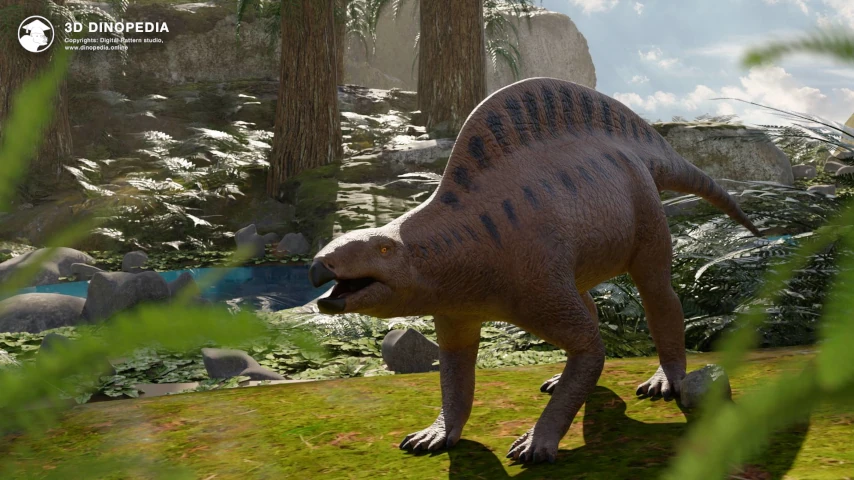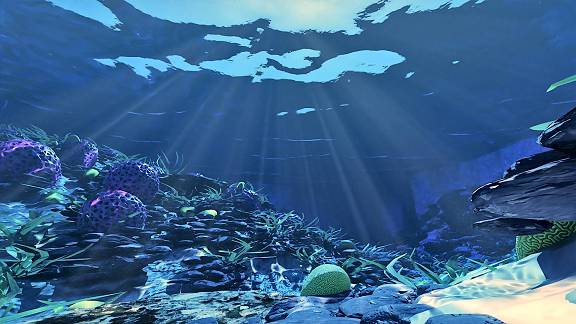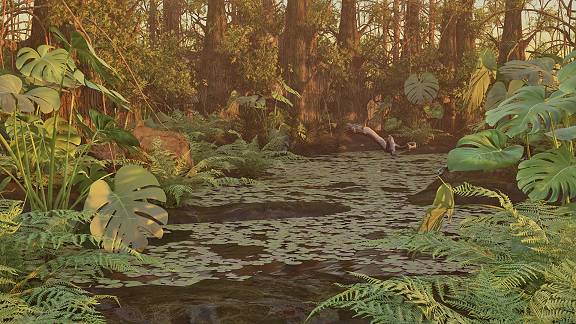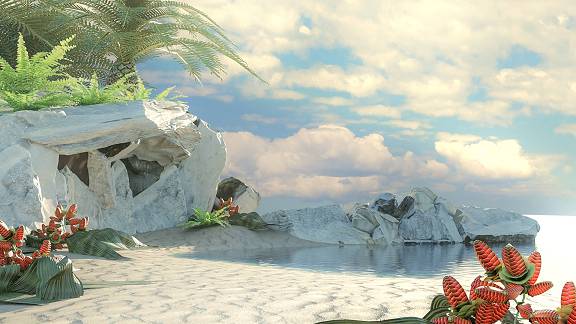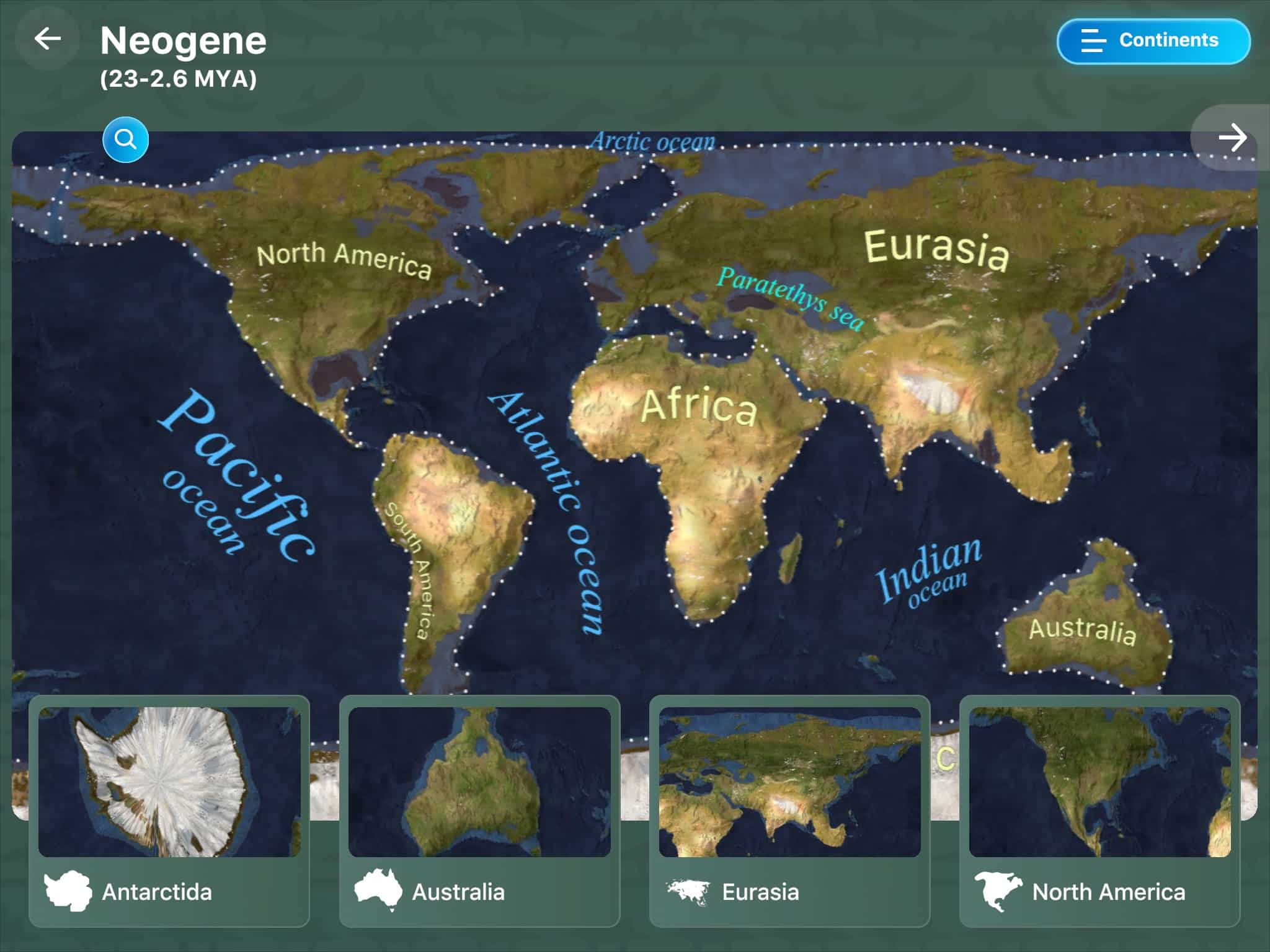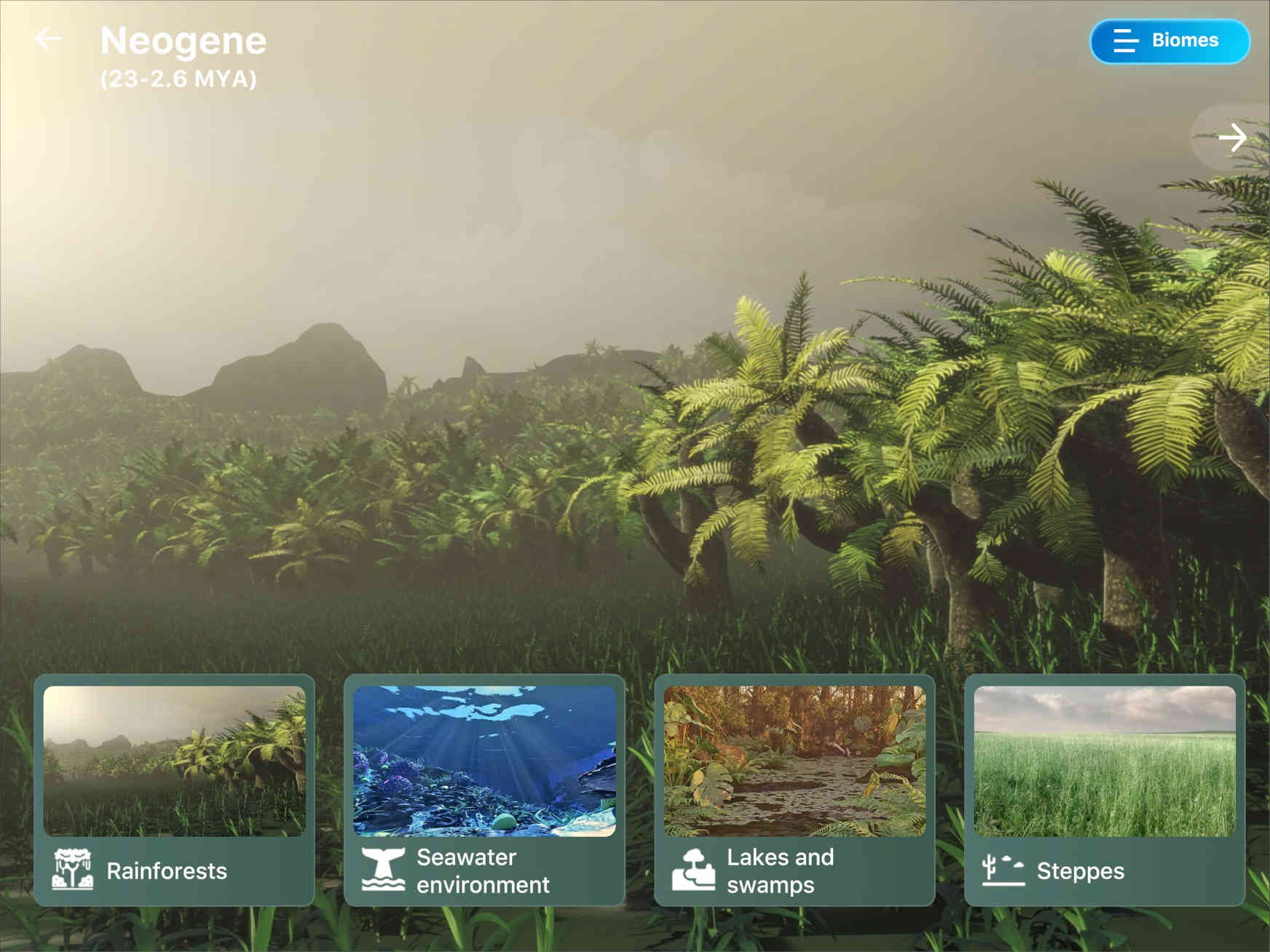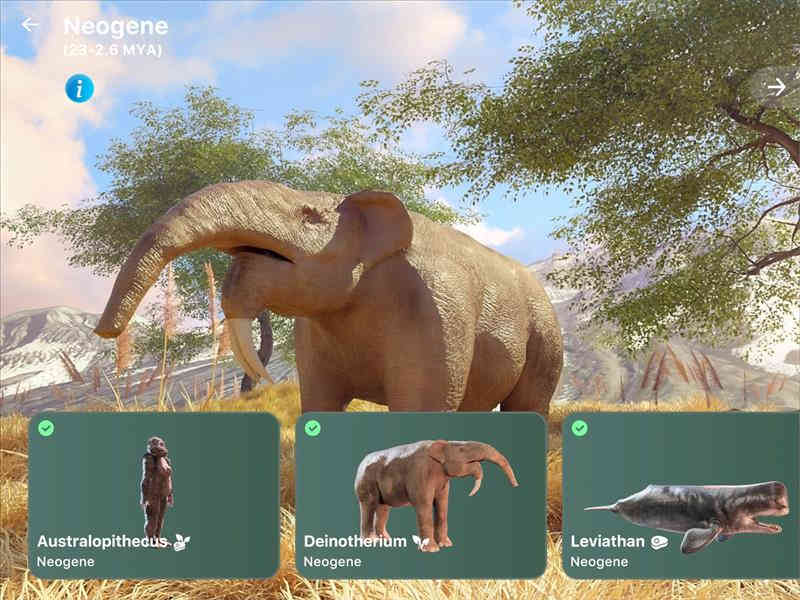Savannas and plains
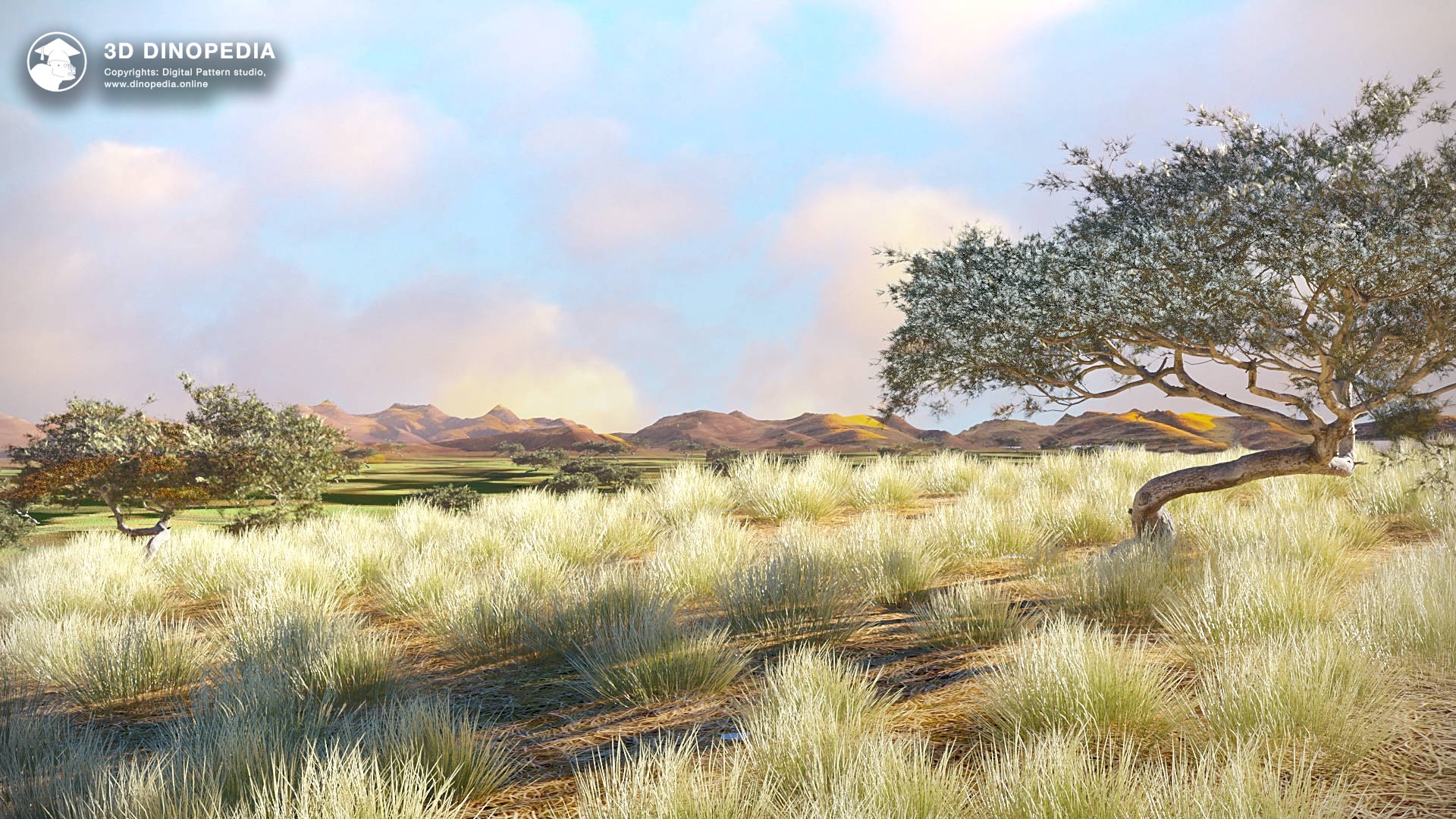
Savannahs, steppes, and pampas are types of ecosystems that can be found in many places around the world today. They are open, relatively flat landscapes, covered with a green mantle of various plants, among which trees and shrubs are extremely rare. The basis of these ecosystems consists of plants that we usually call "grass," but most of them, from a biological point of view, are cereals. These are fast-growing herbaceous flowering plants that produce specific fruits known as spikes. Cereals appeared relatively late in nature, about 66-23 million years ago at the end of the Paleogene, and widespread savannahs, as we know them today, appeared even later, in the Neogene period, about 23-2.6 million years ago.
However, before the appearance of modern "savannahs," there were plain spaces where grasses dominated. But it was not our usual "lawn grass." The main herbaceous plants were represented by ferns. Other plants were also encountered - horsetails, club mosses, and by the Cretaceou...
However, before the appearance of modern "savannahs," there were plain spaces where grasses dominated. But it was not our usual "lawn grass." The main herbaceous plants were represented by ferns. Other plants were also encountered - horsetails, club mosses, and by the Cretaceou...
 3D BIOMES
3D BIOMES
